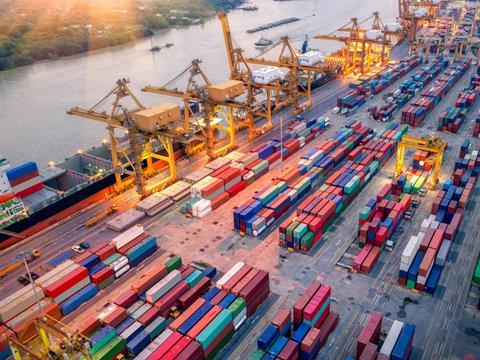
John Perry, managing director of supply chain and logistics consultancy SCALA, comments on the steps businesses can take to meet their net-zero ambitions and optimise their supply chains.
Research suggests that around 85% of the public is more likely to buy from companies with a positive reputation for sustainability. With today’s increasingly environmentally-conscious consumer, investing in greener practices can indeed have a major impact on sales, future growth, and an organisation’s bottom line. In addition, there is frequently a tangible link between sustainability and lowered costs for businesses.
At a recent meeting of senior supply chain professionals, 70% were optimistic that net-zero supply chains can be achieved, but only with radical re-engineering of the supply chain.
It is an enormous challenge, but companies need to start by putting in place a framework for taking action. There are many frameworks available, including Future-Fit Business, and methodologies such as materiality analysis which can be used to measure and manage the impact of businesses activities.
In addition, from an emissions perspective, companies must start monitoring their carbon footprint, which can be measured through tools such as Compare Your Footprint. It is important to note that when evaluating a business’ carbon footprint, indirect (Scope 3) emissions produced throughout the supply chain should also be taken into account and measured.
Although there is no legal obligation for businesses to report on Scope 3 emissions, they often make up 80% - 90% of a business’ carbon footprint. Therefore, organisations paying closer attention to their entire carbon footprint, including indirect emissions, can only be seen as a positive, resulting in environmental benefits felt across society.
So, how can businesses take steps towards reducing their Scope 3 emissions across the supply chain? Many companies are taking action through changing or collaborating with suppliers, reducing transport emissions, reducing packaging waste, working with customers and improving recycling and re-use of products.
Collaboration with key stakeholders, communicating organisational purpose, and having a framework for prioritising and monitoring will be the key to working towards net-zero supply chains. Coming together as an industry, understanding our collective carbon footprint, and analysing the materiality of our organisation, are steps we all must endeavour to take.















